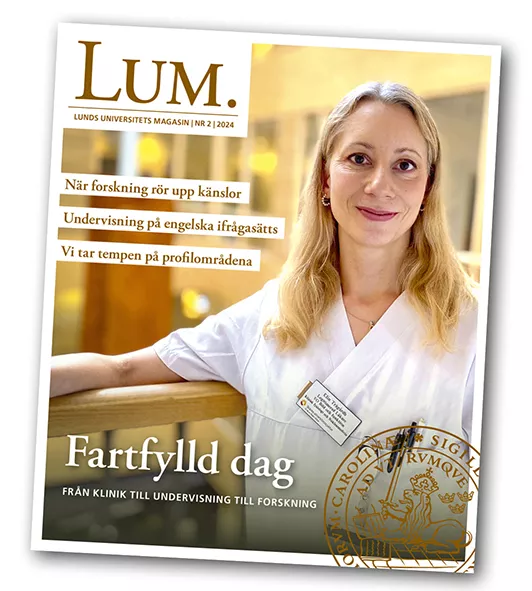Not only does a successful researcher need to produce good research, their findings must also be visible among tough competition. One way of increasing visibility and dissemination is to publish in open access journals, where research findings are made freely available online, but with the same review procedure as for traditional journals. They are financed through a publication fee known as an Article Processing Charge (APC), which means that the cost of publishing rests on the researcher instead of the reader.
No quality review
However, the financial model and the simplicity of starting a journal have brought about the emergence of many dishonest publishing companies – with so-called predatory journals. Their aim is to trick researchers into paying them APC money; they will publish anything, without the promised quality assurance review, as long as the researcher pays the fee.
“Unprofessional journals have become a major and common problem and we get a lot of questions about this here at the library”, says Aprile Clark, librarian at the Library & ICT unit, Faculty of Medicine.
The predatory journals carry misleading or false information on their websites and often assume a title that is confusingly similar to that of an established journal, or they simply hijack the title of a professional journal. The pressure to publish their work, together with a shortage of time, makes it easy for researchers to fall into the trap.
Undermine trust in research
“Since the quality review at these journals is substandard or non-existent, they undermine trust in research as the risk of publishing errors – which would otherwise have been picked up in the quality review process – is high. This can even have serious consequences for individual researchers as their findings are not made searchable in relevant databases and they risk their career and reputation.”
There is also a grey zone of journals that have no malicious intent, yet have shortcomings for various reasons, and contribute to making it difficult to assess the quality of a journal. The hidden figures of researchers who have been tricked are high. Often, researchers are embarrassed and do not want to advertise the fact that their work was published in an unprofessional journal. Of course, the best solution is for the researcher to turn to their faculty library or to the University Library’s division for research communication, before submitting a manuscript. That way, the library can assist in checking the quality of the journal.
“If you have already submitted a manuscript and you become suspicious, you are unfortunately already in the grips of the journal. They hide behind false addresses and make themselves impossible to contact. In Olga’s case, they had a ‘virtual office’ in Las Vegas. Nobody answered our phone calls and when I googled the telephone number, I found a whole series of journals with the same website structure and the same false contact details.”
Can be expensive
They published Olga’s article despite her not having paid, simply because each published manuscript increases their credibility, enabling them to cheat more people. The invoice they sent Olga amounted to USD 1200 and it is often higher, so there is plenty of money to be made. There are blacklists but, because it is difficult to keep them up to date, the library usually recommends that researchers take the opposite approach and consult a safelist instead. The DOAJ (Directory of Open Access Journals), which lists quality-controlled OA journals, is a database first started at LU and now used internationally.
“We also usually advise researchers to consult the checklist on www.thinkchecksubmit.org for help in checking up on a journal before submitting a manuscript. I would like to underline that researchers should not avoid publishing in open access journals, but may need to set aside the time to investigate the journal thoroughly”, concludes Aprile Clark.
Read more in the article below.




